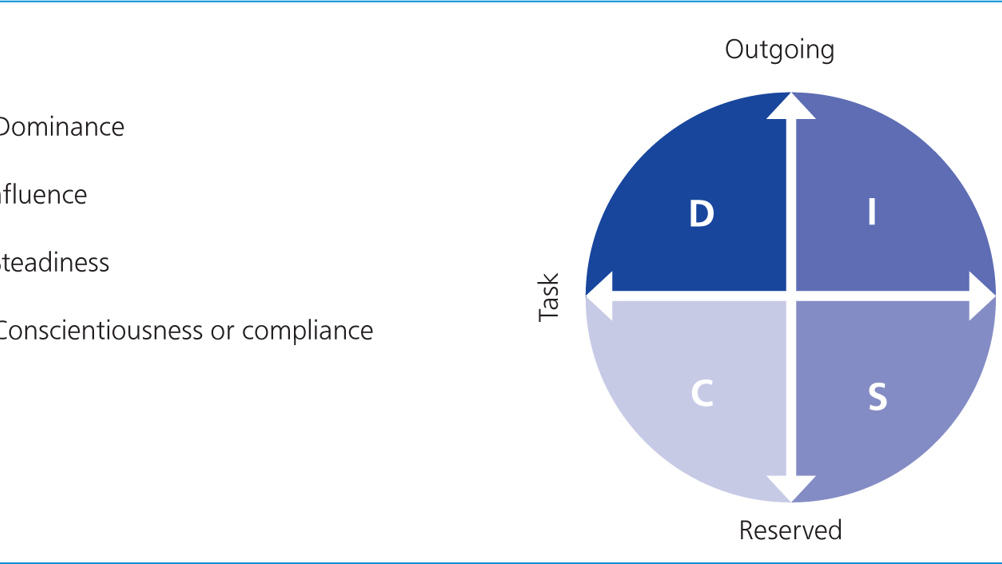London Vet Show 2022 report

Abstract
The London Vet Show (LVS) took place earlier this month (November 17–18, 2022) — here are the musings of Vicki Adams, who attending on behalf of The Veterinary Nurse, on this year's show. All in all, a good time seemed to have been had by all.
LVS started early for me, arriving at 8:20 am to make sure I was able to get in and to the first lecture on my list. After some confusion about where to get my press pass, I eventually made it in and to the first lecture with minutes to spare. On the way to this lecture, I stopped at the Volition Veterinary stand to say hello to Tom Butera, Chief Executive Officer, Volition Veterinary Diagnostics Development LLC, who I first met at last year's LVS. The stand was busy with lots of questions about the new canine cancer screening test called Nu.Q® that has been available in the USA since 2020 — originally only at Texas A&M but now also available at a commercial reference laboratory in the USA. I gave a talk, as the Chief Executive of the Animal Cancer Trust (ACT) charity, at the BVNA Congress in Telford in October about the Nu.Q test and how to use it as a canine cancer screening tool. There was great interest from the veterinary nurses about this test when they visited the ACT stand in the exhibition hall with lots of questions about when it would be available and how much it would cost… well, it looks like it is going to be early 2023 before the test is available in the UK. Earlier this year, Volition granted the Heska Corporation exclusive worldwide rights to sell the Nu.Q® Vet Cancer Screening Test for companion animals as a point of care (POC) test for a very large sum. Volition also granted Heska non-exclusive rights to sell the Nu.Q® Vet Cancer Screening Test through Heska's network of central reference laboratories for which Volition will receive ongoing additional revenue. Heska is better known in the UK as scil for the POC unit called element i+ for immunodiagnostics. The Nu.Q test will be an add-on to this unit that already tests for levels of T4, cTSH, cortisol and progesterone.
Register now to continue reading
Thank you for visiting The Veterinary Nurse and reading some of our peer-reviewed content for veterinary professionals. To continue reading this article, please register today.

